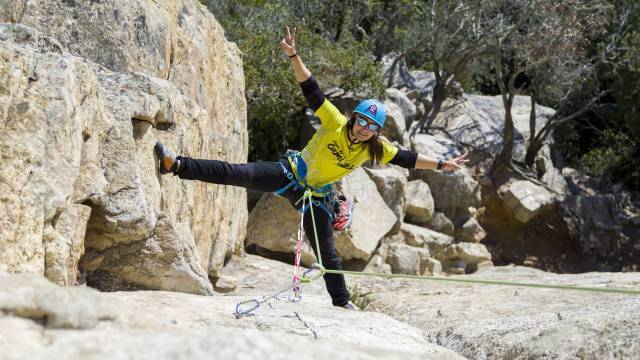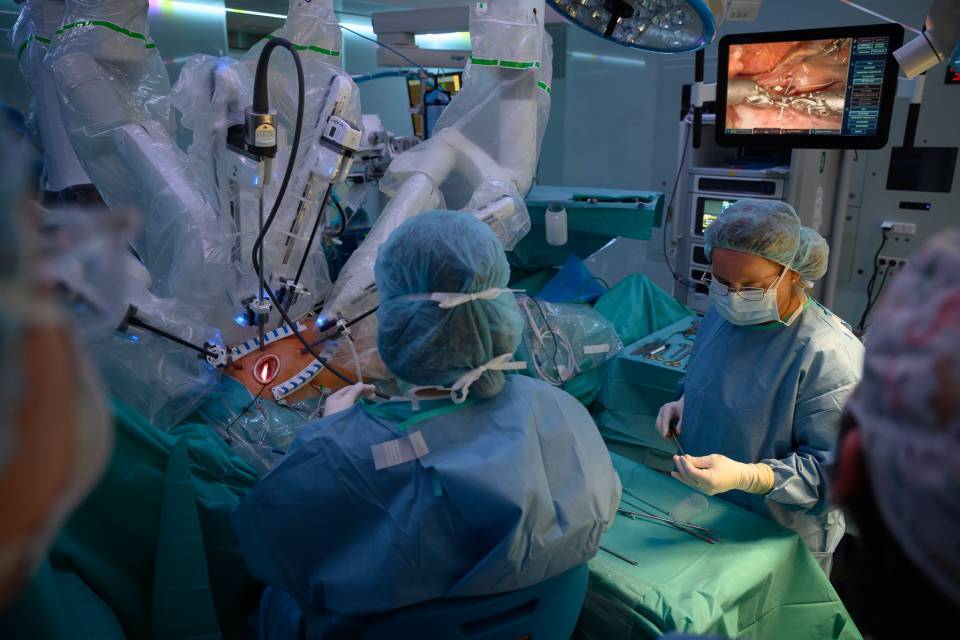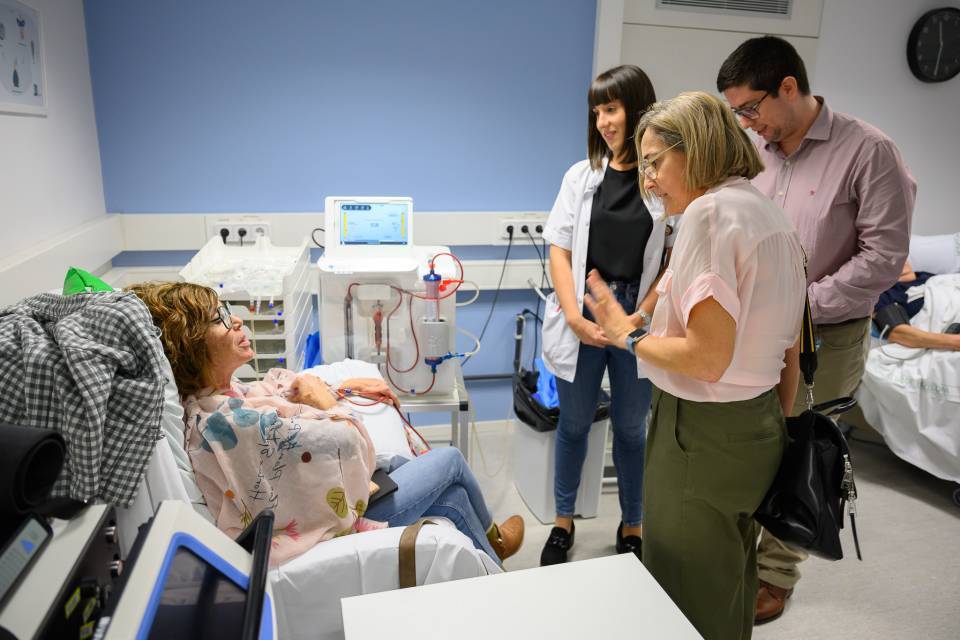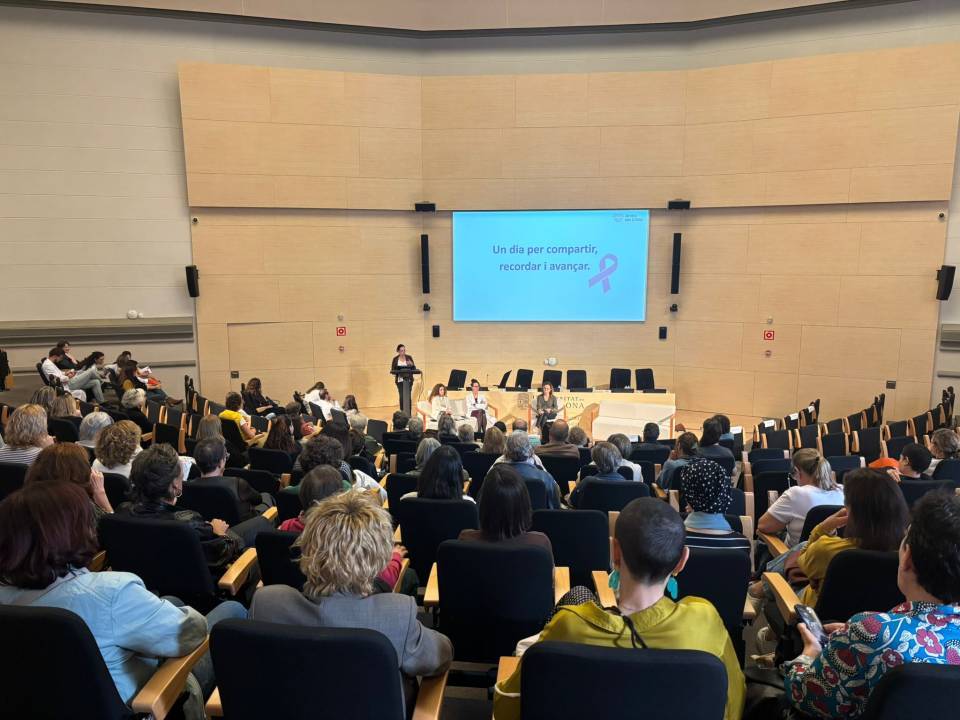The technique and the first results were published in the article entitled, ‘Robotic Aortic Valve Replacement Using the Intuity Bioprosthesis Through a Right Lateral Approach’, in the journal ‘Innovations’, and more recently a paper on the multi-centre experience worldwide was published in the ‘Journal of Thoracic and Cardiovascular Surgery’.
This type of surgery is performed to replace the aortic valve in some patients where this heart valve does not open or close properly (aortic valve stenosis). The aortic valve is part of the left ventricular outflow tract, and it separates the heart from the aorta. When the heart contracts with each beat, the blood flows through the aortic valve into the aortic artery and thus to rest of the body. After that, the valve closes in order to prevent the blood returning to the heart. Patients with aortic valve stenosis feel more tired, experience difficulties breathing, suffer chest pain, dizziness, loss of consciousness and even sudden death. Aortic valve stenosis affects 4% of the population and is more common in people over 70.
This type of operation means that the surgery does not have to involve cutting through the sternum, and open-heart surgery is not required. This means that it can be done through small incisions in the armpit, thus allowing for faster and more comfortable patient recovery. Moreover, robot-assisted cardiovascular surgery is far less invasive. The surgery lasts around three hours and the patients are generally hospitalized for four days.
According to Dr. Daniel Pereda, head of the Aortic Robot-Assisted Surgery programme and member of the Cardiovascular Surgery Service, “the future of this type of robotic surgery lies in having better prostheses and better instruments, designed specifically to take advantage of this new technology”. “It is extremely complex surgery that can be performed in centres of high excellence, such as the Clínic. We are the only ones in Europe to perform this type of surgery”.

Kati is climbing again
Kati Zapata has been practising sports since she was very young, and she has done a lot of mountain climbing. Climbing is her passion, but a few years ago she noticed she was getting increasingly tired and would have some minor palpitations, which she though were normal when doing this sport. In 2020, after the lockdown for COVID-19, she started to suffer pain in her arms and legs and felt more and more tired. Dr. Daniel Pereda explains that, “Kati had combined aortic stenosis and regurgitation, and we had to replace the aortic valve. We were able to perform the surgery with the fewest possible incisions and through the armpit”.

When we told Kati that she was going to undergo heart surgery “it was a great shock", she confesses. She was operated on in January 2022, and two months later she “gradually” began to play sports. Kati admits that undergoing an operation of this kind “is like being born again”. Now she values everything much more and maintains that, “the most important thing is to make the people around you happy”.




